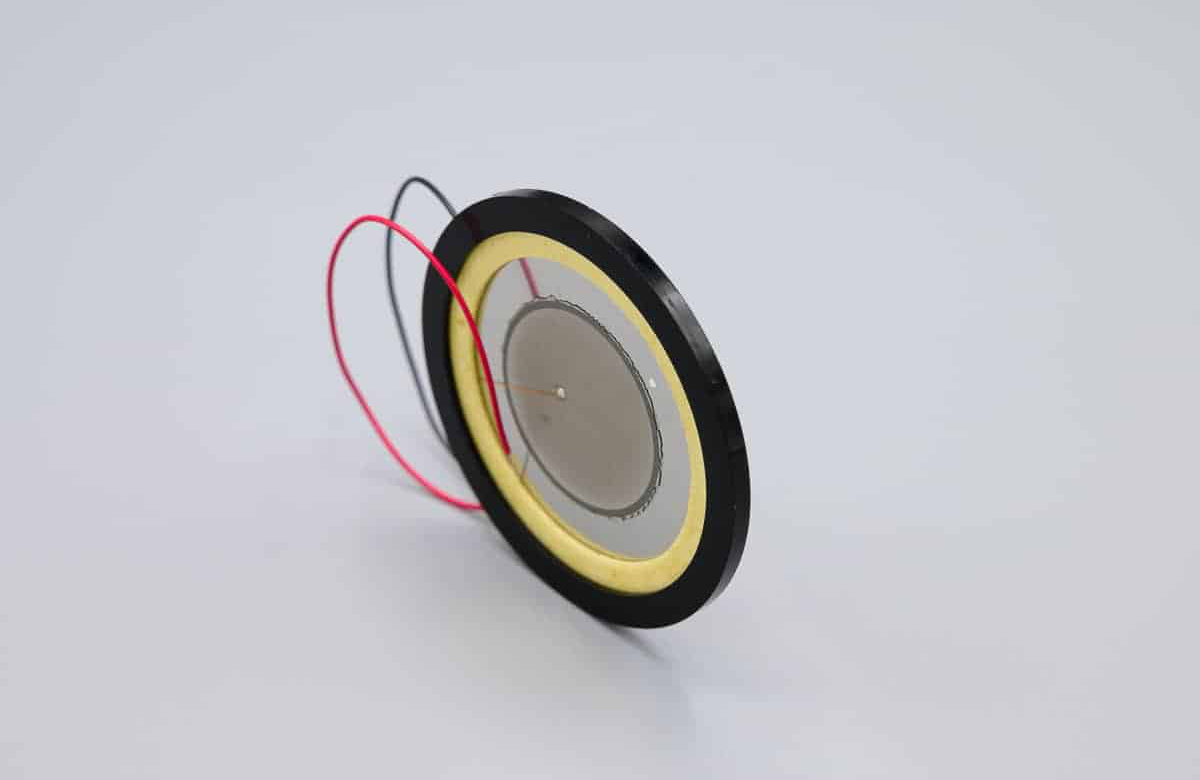Audio Equipment Guides
Introduction to Piezo Transducers: The Basics of Contact Microphones
Introduction to Piezo Transducers and Contact Mics
Piezo transducers, also known as contact microphones, are an essential tool for sound designers, musicians, and audio enthusiasts. These versatile devices capture sound by directly sensing vibrations in the objects they’re attached to, rather than relying on air pressure like traditional microphones. In this blog post, we’ll explore the basics of piezo transducers, how they work, and the various applications they have in the world of music and sound design.
How Piezo Transducers Work
Piezo transducers are based on the piezoelectric effect, a phenomenon in which certain materials generate an electric charge in response to applied mechanical stress. The heart of a piezo transducer is a thin piezoelectric material, such as a ceramic disk, that generates an electrical signal when it is deformed by vibrations.
When a piezo transducer is attached to a vibrating object, the material converts those vibrations into an electrical signal. This signal can then be amplified and recorded, allowing you to capture the unique sonic characteristics of the object.
Types of Piezo Transducers
There are various types of piezo transducers available, each with its own unique characteristics and applications:
- Ceramic Disks: These are the most common type of piezo transducer and consist of a thin, circular ceramic disk. They’re inexpensive and widely available, making them an excellent choice for DIY contact microphone projects.
- Piezo Films: Piezo films are thin, flexible sheets made from piezoelectric polymer materials. They offer greater sensitivity and a wider frequency response than ceramic disks, making them suitable for more specialized applications.
- Piezo Bars and Rods: These transducers come in various shapes and sizes and are commonly used in applications where space is limited or specific geometric shapes are required.
Advantages of Using Contact Microphones
There are several advantages to using contact microphones in your audio projects:
- Unique Sound Capture: Contact mics allow you to capture the hidden sonic qualities of objects, revealing a world of sounds not typically heard with conventional microphones.
- Isolation: Because they sense vibrations directly, contact mics are less susceptible to external noise and can help isolate specific sounds within a mix.
- Versatility: Piezo transducers are adaptable and can be used in various applications, from field recording and sound design to experimental music and interactive installations.
Common Applications of Piezo Transducers in Music and Sound Design
Piezo transducers have numerous applications in the world of music and sound design:
- Capturing unconventional sounds for sound design projects, such as tapping on glass, the creaking of a door, or the resonance of a metal structure.
- Recording the vibrations of musical instruments, such as attaching a contact mic to the body of a guitar or a cello to capture unique sonic textures.
- Using contact mics in experimental music performances, where unconventional sound sources or prepared instruments are utilized.
- Field recording and environmental sound exploration, by attaching contact mics to various surfaces and objects to capture their unique resonances and vibrations.
In the next blog post of this series, we’ll dive into the exciting world of DIY contact microphone construction, guiding you through the process of building your own contact mic and exploring the various materials and techniques involved. Stay tuned to learn more about the fascinating world of piezo transducers and the endless sonic possibilities they offer!

